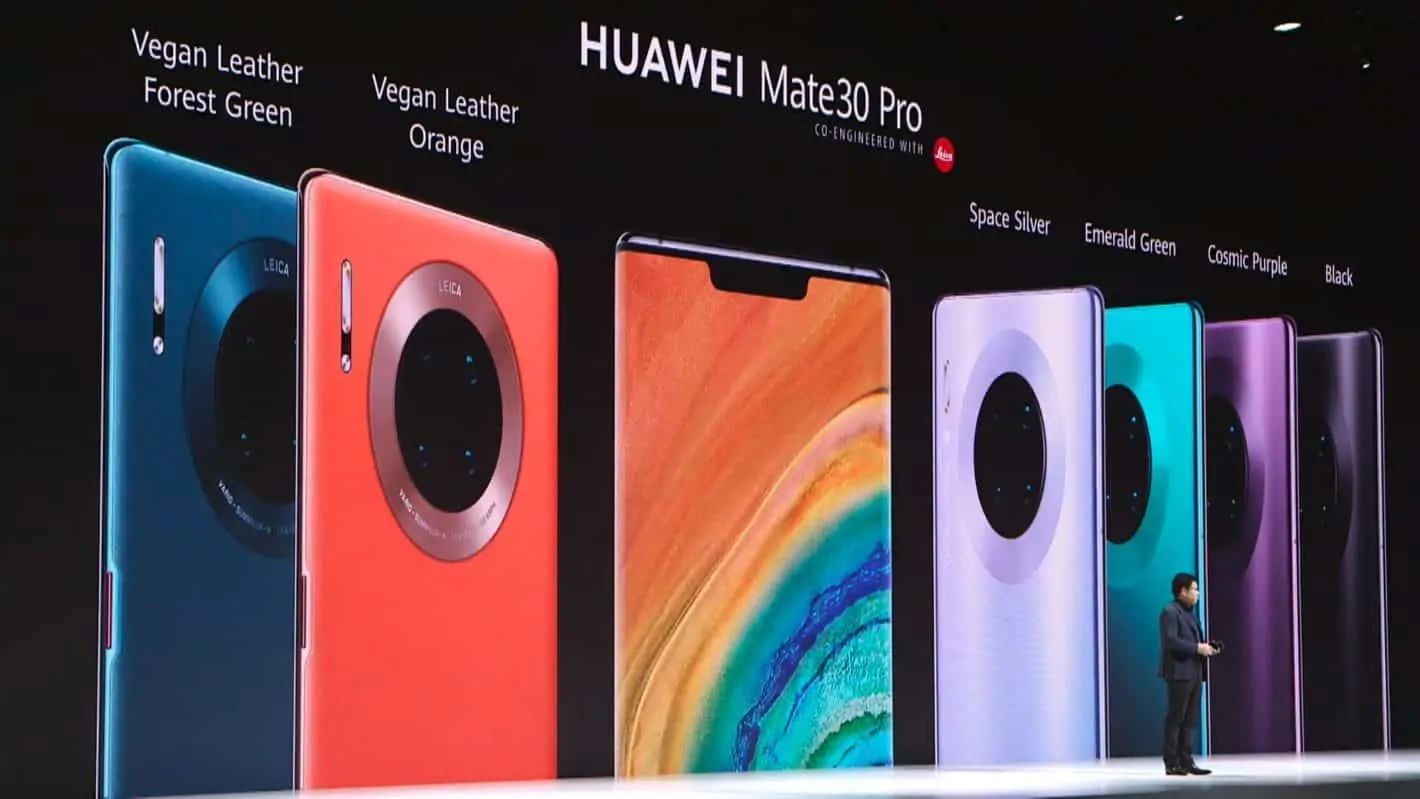The Huawei Mate 30 and Mate 30 Pro launched sans Google Play apps and services, with Samsung marketing the heck out of Huawei’s misfortune. But the internet world didn’t take long to come up with bootleg access to Android. Now, however, the fun is over, as bootleg access is being denied to Huawei’s latest smartphones.
Bootleg Google Play apps on Huawei phones via LZPlay
How did Huawei’s Mate 30 series access Google Play via a bootleg method, anyway? The answer is found in a site called Lzplay.net. The site allows you to download the LZPlay app, select the word “next” with each new screen for a few times, and then watch as six Google apps are loaded onto your phone’s main screen. Security researcher John Wu published a post about the bootleg method on Tuesday of this week.
The problem with LZPlay is that there’s no official word on who owns it, though the site itself comes from mainland China and was created three months ago. Some whispers say that Huawei itself is behind the website, providing a way to sideload Google Play apps and services in light of the current ban and its Android license revocation. With Huawei being as secretive of a company (CEO Ren Zhengfei owns a mere 2% of the company), who’s to say Huawei didn’t do it? It’s unlikely they’d own up to it and be honest about it, anyway, even if put on the spot and asked whether or not it belongs to them.
Besides the problem of ownership (no one knows the source of the website), there’s another problem with this bootleg method: the huge list of permissions you must grant the device in order to get Google Play access. And the huge permissions list means that you have a device administrator who’s a third party, unknown, somewhere in China with access to your device, as long as you keep the LZPlay app on your phone. Yep.
Should you keep the Mate 30 or Mate 30 Pro for two years, you’re looking at the idea that someone in an obscure place can control your device every moment from a remote location. And if you want to uninstall the app, you have to first dig through the settings and remove it as administrator before you can delete the LZPlay app from your phone.
So, the bootleg access to Google Play may seem like a blessing in disguise, but it’s the “disguise” part that should scare you.
Bootleg Google Play Access via LZPlay no longer available
The bootleg access to Google Play via LZPlay, however, is no longer available. Wu’s post went viral, with media outlets showing how the Huawei Mate 30 and Mate 30 Pro could carry Google apps despite the ban. Of course, publishing the method wasn’t a wise one; Google discovered it and made all Mate 30 models with LZPlay installed fail its SafetyNet test. The SafetyNet test checks to see if users have abused Google’s Android rules and if so, doesn’t let the device pass the test. This means that users who downloaded LZPlay violated Google’s Android rules and have now lost the ability to download Android apps.
The reason for the bootleg Google Play access on the Mate 30
You’d think that the reason for bootleg Google Play access on the Mate 30 is due to a Huawei decision to run with its own Harmony OS instead of Google’s Android, but that would be completely untrue. Actually, the reason why the flagship Mate 30 series doesn’t have Google’s Android apps and services is due to the political war between Google and Huawei’s home countries, the US and China.
China has been seen as a national security threat for some time, but in mid-May, US President Donald Trump signed an Executive Order putting Huawei on the US Entity List and forbidding any American company to buy or sell from it.
Shortly after Trump’s Executive Order and Huawei Ban, Google followed suit a few days later with its Android license revocation. Huawei has had two “stays” to keep the revocation at bay, one from May 19th-August 19th, the other from August 19th-November 19th, but there’s been nothing in the way of a promise regarding another stay in Android.
Huawei said at first that Google’s Android would lose 800 million customers if Huawei left Android, but the company later toned down its aggressive language and continued to claim that it wanted to remain within Android. After the Ban took effect, Huawei began to double down on an operating system sources say the company has been developing for the last 7 years in the event of a US ban on the company.
Initially called “HongMeng” (the Chinese name; this name is still the name of the OS in China, but the name is “Harmony OS” in the US), this new operating system was said to originally be for the Internet-of-Things (IoT) agenda. And yet, while Huawei was claiming it was for IoT, not smartphones and mobile, OPPO and Vivo were testing Harmony OS on their smartphones, saying that it was “60% faster than Android,” though it lacked the sophistication of Google’s Android apps and was considered to be too barebones.
Huawei has launched Harmony OS on its smart TVs to start, with sources saying that Huawei will place Harmony OS on a low-end, budget-friendly smartphone later this Fall. Since Harmony OS is a fledgling OS to start and needs a few years to even attempt to keep up with Google’s Android, Huawei plans to develop the OS on low-end smartphones first, then follow up with higher-end devices.
This is what Huawei says, though it seems likely that its first Mate X foldable, if it launches this month or next, will have Harmony OS. For now, Huawei has been playing up Android 10 eligibility for its recently-announced P30 Pro from earlier this year.
Samsung trolled Huawei’s Mate 30 and Mate 30 Pro announcement, sending an email to its Latin America customers that showcased its flagship Galaxy Note 10 series with Google apps and services on the main screen and Samsung and Google logos side-by-side, a strike at Huawei’s flagship launch sans Google apps and Google Play access. Samsung has become the big winner of Huawei’s misfortune, having regained dominance and profit in all four of Latin America’s largest markets since the Huawei Ban commenced in mid-May.
Sources say that Huawei could continue to lose out in market share in Latin America if the trend continues, a fact that has motivated Huawei to partner with China Mobile to buy struggling Brazilian carrier Oi.

